I have a project that involves a specific single board computer* and several hundred WS2812B "smart" RGB LEDs*, all running from a 5V supply.
I have a 5 volt 15 amp unregulated power supply. While the LEDs are okay with an unregulated power supply the microcontroller I am using tends to have issues when the voltage is not steady.
Since I want to run it all from one power source I would like to create about 1 amp of regulated 5V power from the unregulated 15A 5V source.
I want to build this power converter onto a PCB, so I am looking for a design I can implement and not a pre-made board. My final design will be a Pi hat, that is it will clip onto the Pi's GPIO ports and sit on top.
This will all be soldered manually(through hole or surface mount) so ideally it will not involve more parts than needed. This is a one off so while cost is a concern I am not trying to save pennies.
What type of power converter circuit could I build onto my board that can do this? Converting only 1 amp will I encounter significant heat issues?
I am not asking anyone to design this for me, rather point me in the correct direction.
*The WS2812B is an 'intelligent' serial data controlled LED RGB light source integrated in a 5050 package. Connections are digital serial in and out plus 5V & ground. pins. It also include a precision internal oscillator and (internally generated ) 12V constant current drive. Devices are series chained (Dout to next Din) allowing up to 1024 devices and a 5 metre long string on a single series connection.
For more details see the data sheet here
*Raspberry Pi 2 B

